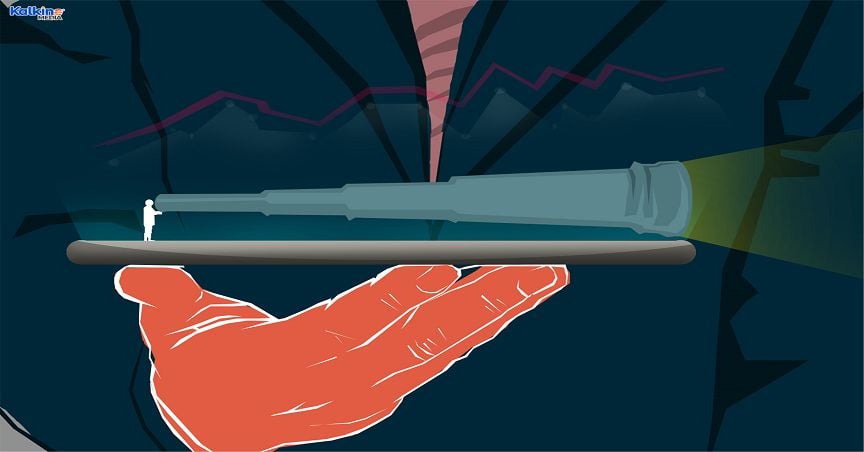Highlights
- The present government has seen a bevy of challenges ahead of the election campaign.
- Concerns loom that rising power bills could potentially affect consumers’ voting decisions.
- Despite what the political leaders claim, many experts have stated that higher energy prices are here to stay.
Prime Minister Scott Morrison’s election campaign has been met with a series of challenges, all arising at nearly the same time. Be it the rising prices of consumption goods, the latest spike in interest rates or even the expected surge in electricity prices. So far, these factors have clouded the outlook for the current party’s extended run as the ruling government.
PM Morrison and opposition leader Anthony Albanese have targeted cost-of-living pressures in their election campaign. However, experts suggest that it is unlikely that the leaders would be able to control the rising power prices.
A sharp uptick in power bills is anticipated because of surging wholesale prices. With the Russia-Ukraine war continuing in the backdrop, its economic impacts have only worsened with time. Going by this rise in prices at the back end, experts have flagged a warning for consumers. This new factor is also expected to play into the current government’s re-election bid.
MUST READ: ANZ, NAB and CBA release key economic data; know more
AEMO flags serious energy hike concerns
The Australian Energy Market Operator (AEMO), which runs the electricity grid, has recently released a concerning report that shows energy prices have jumped significantly in the east coast. The wholesale electricity prices on the east coast have risen 141% to AU$87 a megawatt-hour in the March quarter, compared to the same time last year.
Retail sales volumes rise 1.2% in the March quarter
The report also stated that wholesale prices in Queensland and New South Wales were much higher than in southern states. This gap stemmed from the price-setting role of black coal generation and system security constraints limiting daytime electricity transfers from Victoria into NSW. The gap at the wholesale level is likely to reflect as a gap at the consumer level too.
Figures from the Australian Bureau of Statistics also reveal that electricity prices were up 3.5% over the year to the March quarter, contributing to the surging inflation rate. The annual inflation rate in Australia currently stands at 5.1%. Much of this uptick has resulted from the rise in coal prices in the markets exposed to international factors. Therefore, there is a sharp contrast in the wholesale prices in Victoria, where the brown coal that fuels the state’s power stations is not exposed to export markets.
ALSO READ: Federal Election 2022: Healthcare needs and promises
Price momentum likely to continue
Many regulatory bodies have sent warning signals of excruciatingly high power prices becoming a harsh reality even in the coming years. With a cut in the energy supply from Russia, the power bills of Australians might remain escalated for some more time to come.

However, Prime Minister Scott Morrison recently stated that factors pushing up wholesale power prices will begin to ease this year. He has also time and again highlighted that a fall of 8% in electricity prices has been recorded over the past two years.
Mr Morrison further stated that prices were higher when Labor was in power. He also brought forth the possibility of using the Australian Domestic Gas Security Mechanism (ADGSM) to reserve some gas for domestic use. The ADGSM can be triggered to reserve some amount of produced gas that cannot be exported and must be sold locally.
These expectations stand in contrast to the research conducted by experts. Many experts have suggested that even as retailers would not be able to pass on the full cost rise in wholesale prices, a decent hike can be expected in power bills.
However, in a positive turn of events for the Morrison government, many energy experts have raised concerns over Labor’s claim that more transmission assets would be provided to bring prices down. The Morrison government has also challenged Mr Albanese over the RepuTex modelling used by the latter’s party to reinforce its plan to reduce carbon emissions by 43% by 2030.
Overall, it is evident that global factors cannot be controlled as easily. Thus, any bold claims to curb the ongoing rise in prices could be largely met with a harsh end. Voters should cast their vote with thorough knowledge and precise examination of what they wish for in a leader.
RELATED READ: Retail sales volumes rise 1.2% in the March quarter




